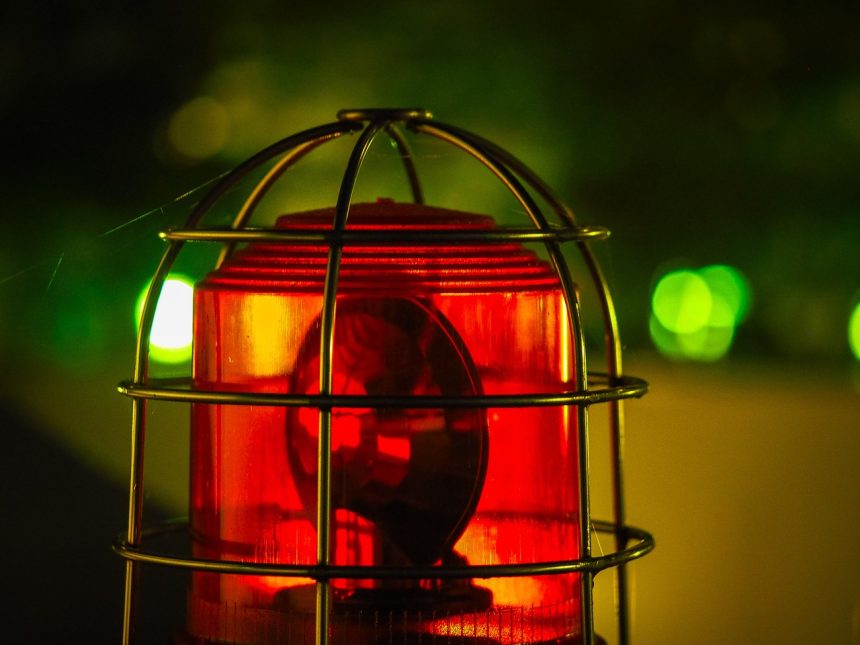Sirens Wail Across the Capital
At precisely 1:30 p.m. local time on July 17, deafening air‑raid sirens reverberated throughout Taipei, triggering a 30-minute lockdown. Roads emptied, vehicles came to a halt, and residents across northern Taiwan were advised to seek immediate shelter—to simulate a sudden Chinese missile strike.
Citizens Flee to Closest Cover
Strict emergency protocols were enforced:
- Traffic was instructed to pull over and stop.
- People ducked into underground spaces—subway stations, basements, parking garages.
- Volunteers and emergency teams practiced mass evacuation drills, including wartime aid distribution and managing mass‑casualty scenarios.
One local, 25-year-old Oscar Wang, remarked: “I think this is necessary… so ordinary people become more familiar with evacuation routes”.
Largest Civil‑Defense Exercise Yet
This civil-defense exercise forms part of the broader 10-day Han Kuang military drills—the largest in history—with nearly 22,000 reservists, deployment of U.S.-supplied military hardware (like HIMARS, Patriots), and urban warfare simulations staged on streets, parks, and metro lines.
New Urban Resilience Protocols
This year’s iteration emphasizes civilian involvement:
- Convenience stores and supermarkets are trained as wartime support hubs.
- Local taxi drivers received rapid-response training.
- A mobile app conducted urban resilience drills.
- Emergency guidelines now include instructions for those driving or unable to reach shelters on time.
President Lai Ching-te noted, “With preparation, we have strength,” underscoring the goal: deter conflict through readiness, not provocation.
The Chinese Challenge
The drills are a direct counter to China’s stepped‑up military pressure—58 Chinese aircraft—including 45 crossing the Taiwan Strait median line—were spotted over the preceding 24 hours. Beijing condemned the exercises as “a bluff”.
Public Sentiment: Preparedness vs. Anxiety
Reactions varied. Some, like elderly volunteer Mr. Chen, emphasized the importance of civil awareness, while others voiced concern that deeper instruction is still needed—such as maintaining order in shelters and handling emergencies effectively .
What’s Next?
- Continued drills until the 10-day Han Kuang exercises conclude.
- Follow-through training for transportation and essential services.
- Policy refinement to improve public awareness and urban shelter preparedness.
Final Thought
With the specter of a Chinese invasion looming, Taipei is sending a clear signal: it’s not just the military that’s preparing—the whole city is. From sirens to subway stations, the stakes have risen—and so has Taiwan’s readiness.










